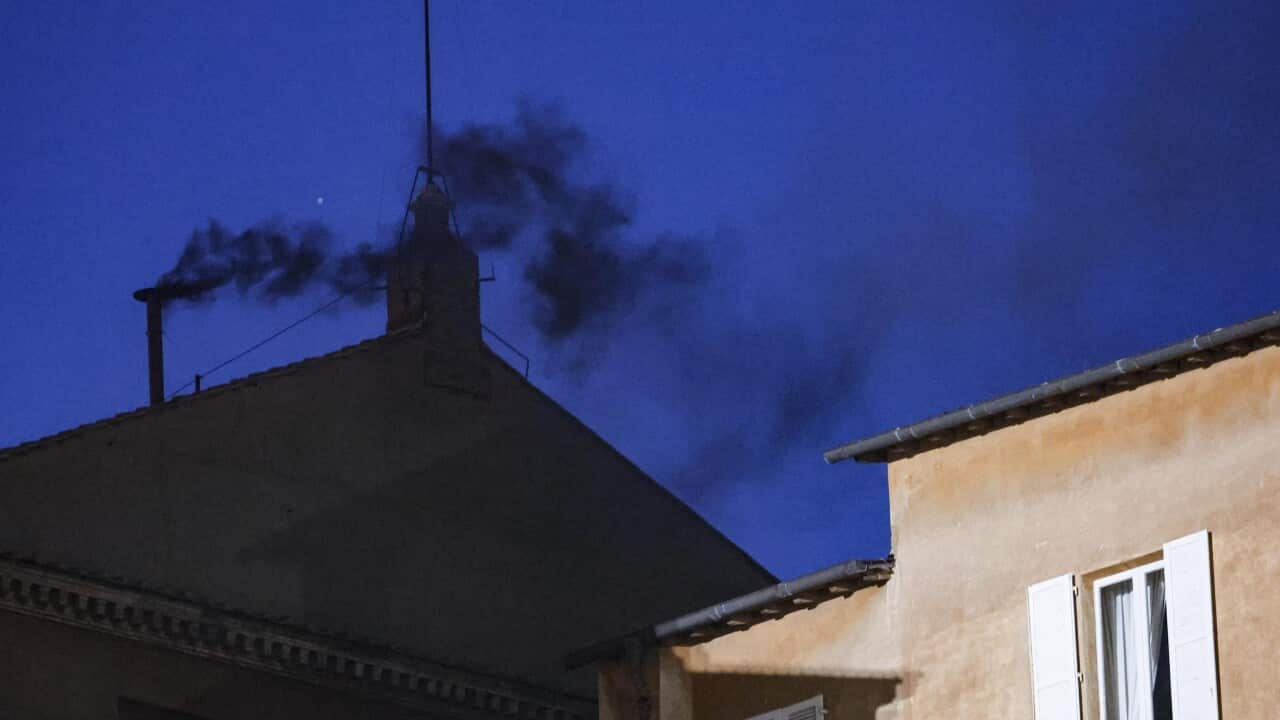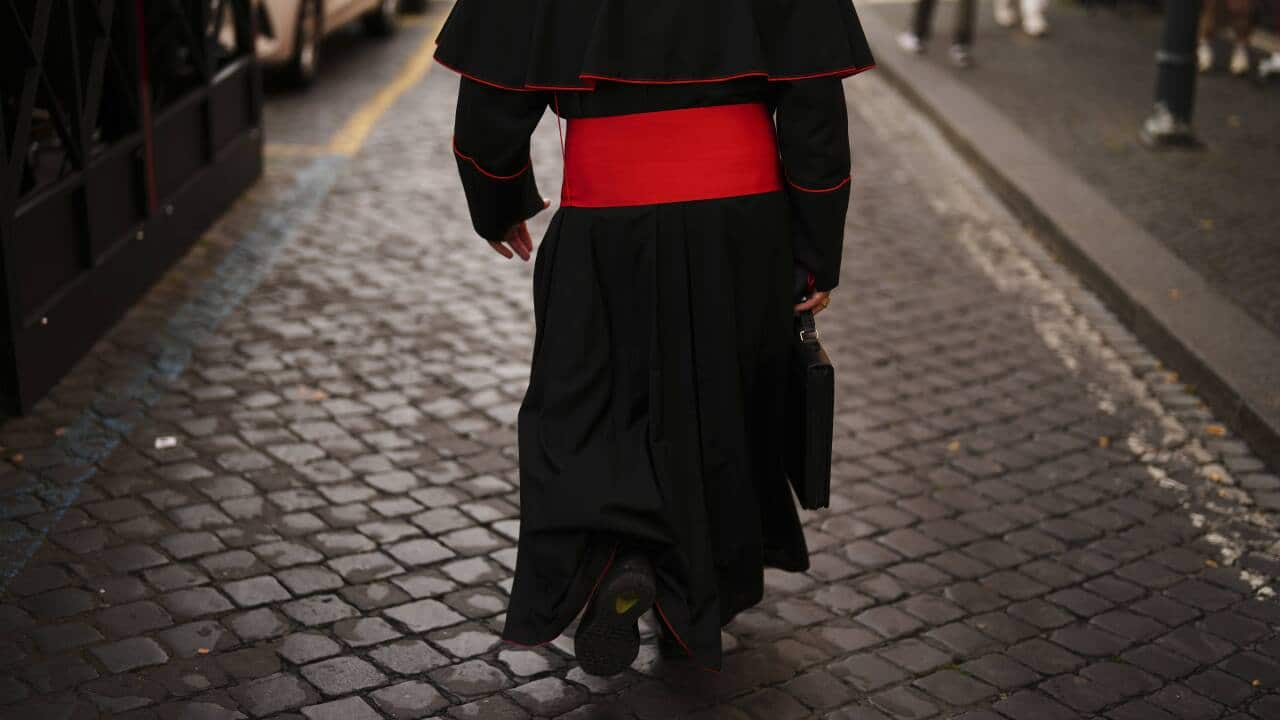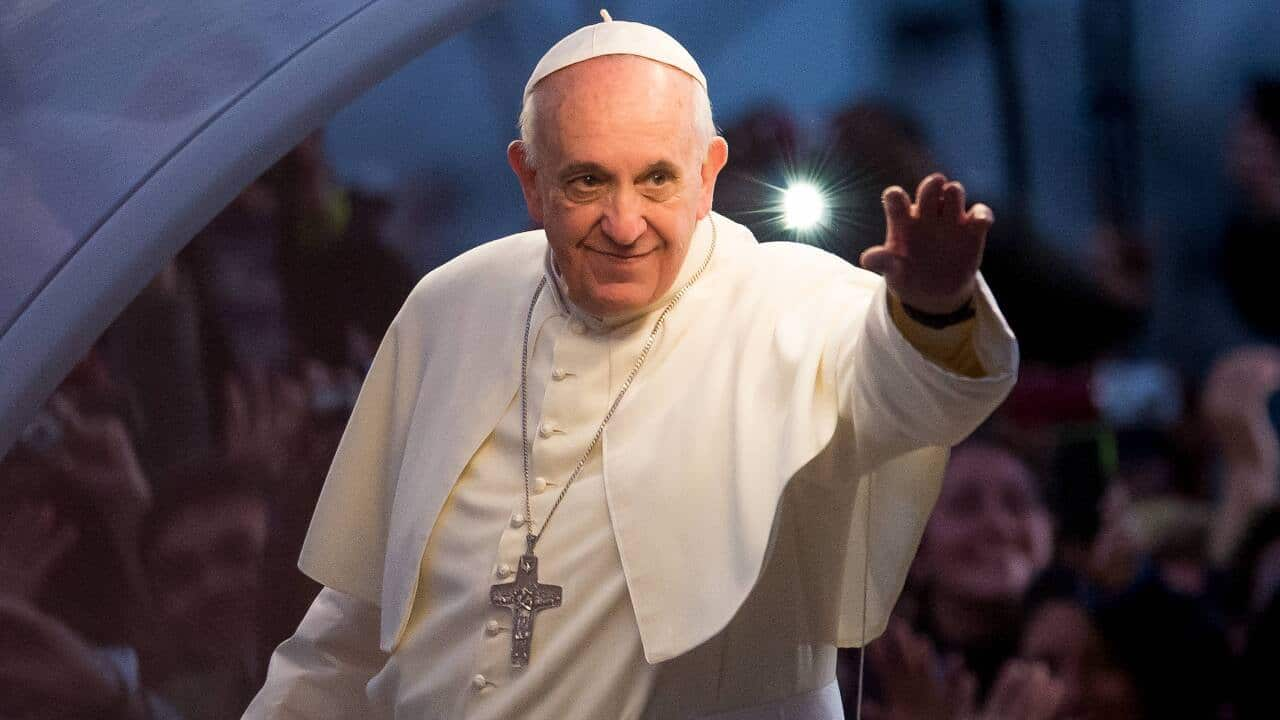Black smoke billowed from the chimney of the Sistine Chapel on Wednesday evening, signalling an inconclusive first vote by cardinals locked in the Sistine Chapel in a conclave to elect a new pope to guide the Roman Catholic Church.
Thousands of faithful gathered in St Peter's Square waiting for smoke to pour from a narrow flue on the roof of the chapel at the end of a day rich in ritual and pageantry, with the cardinals praying for divine guidance in their secret ballot.
The crowds had to be patient as it took longer than expected for the smoke to appear, more than three hours after the start of the conclave. This was an hour more than it took for smoke to be seen after the first vote in the 2013 conclave that picked the late Pope Francis.
When a pope is chosen, white smoke will emerge, but this had not been expected on Wednesday — a pontiff has not been picked on the first day of a conclave in modern times.
However, some cardinals said this week that they hoped to wrap things up by Thursday or Friday to show the Church can remain unified after the often divisive, 12-year papacy of Francis, who died last month.
The 133 cardinal electors, who are all aged under 80, will spend the night secluded in one of two Vatican guesthouses — where they can continue their deliberations in a more informal setting before returning to the chapel on Thursday morning.
Following Wednesday's single round of voting, the red-hatted "princes of the Church" will hold two votes in the morning session and two in the afternoon, continuing in coming days until one man has secured a majority of at least two-thirds - 89 cardinals this time around.
Their only communication with the outside world will be the smoke from the chimney as they burn their completed ballot papers mixed with special chemicals — black when a voting session ends with no result, white when a pontiff is elected.
Modern papal conclaves are typically short. The 2013 conclave lasted just two days, likewise in 2005 when his predecessor, Benedict XVI, was picked.
In recent days, cardinals have offered different assessments of what they are looking for in the next pontiff who will lead the 1.4-billion-member Church.
While some have called for continuity with Francis' vision of greater openness and reform, others have said they want to turn the clock back and embrace old traditions. Many have indicated they want a more predictable, measured pontificate.
No clear favourite has emerged, although Italian Cardinal Pietro Parolin and Filipino Cardinal Luis Antonio Tagle are considered the front-runners.
However, if it quickly becomes obvious that neither can win, votes are likely to shift to other contenders, with the electors possibly coalescing around geography, doctrinal affinity or common languages.



